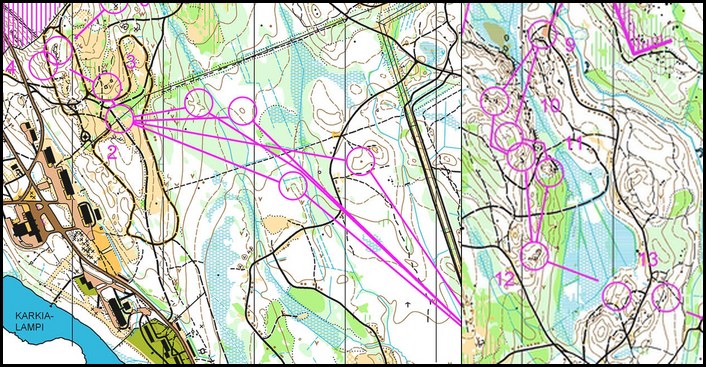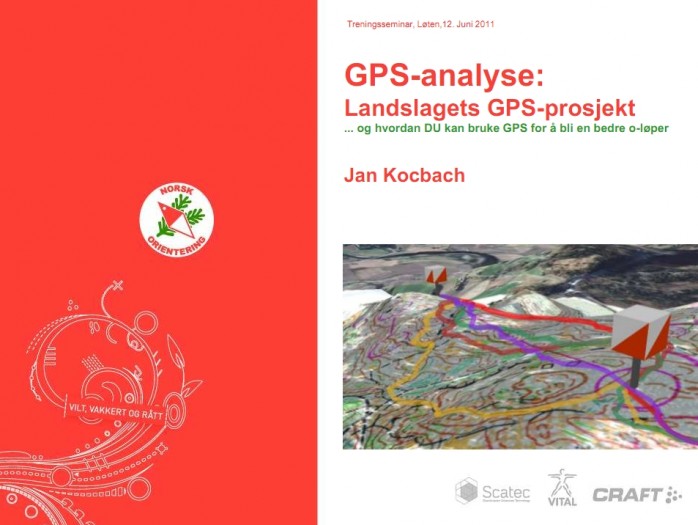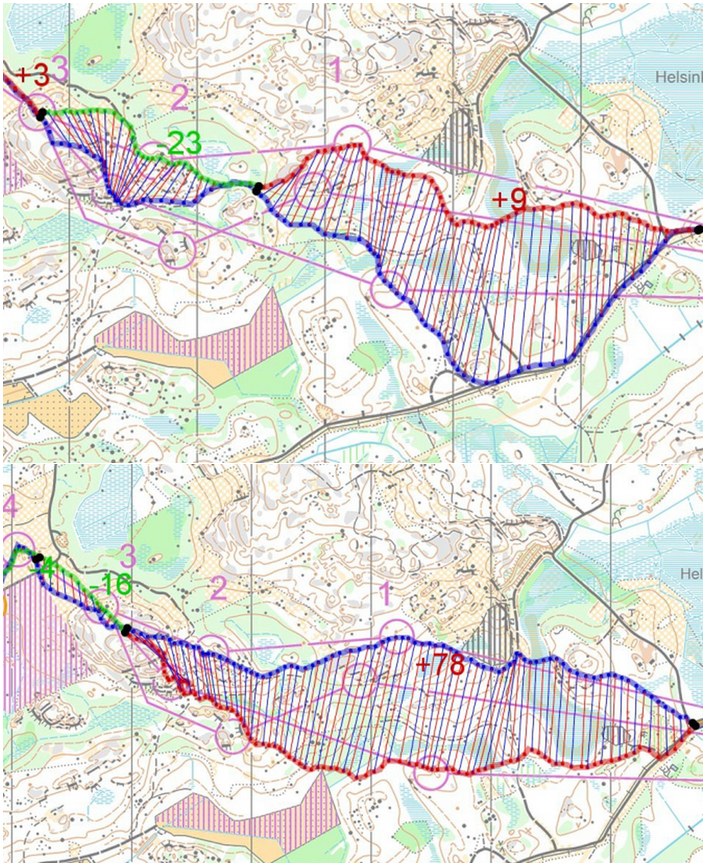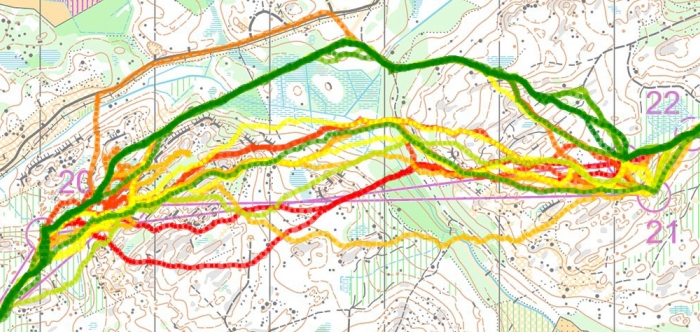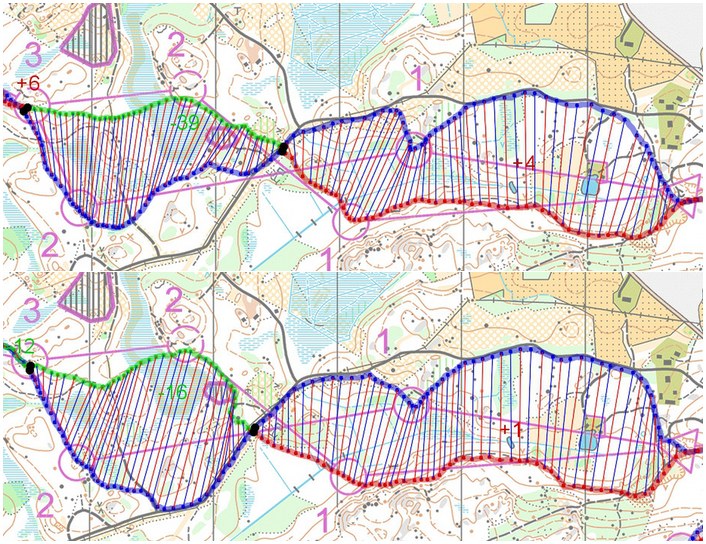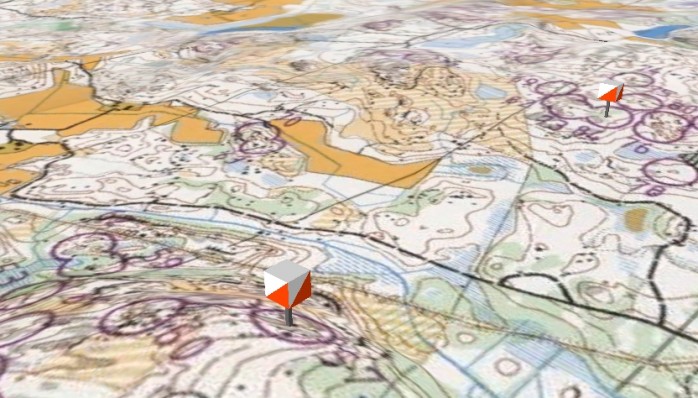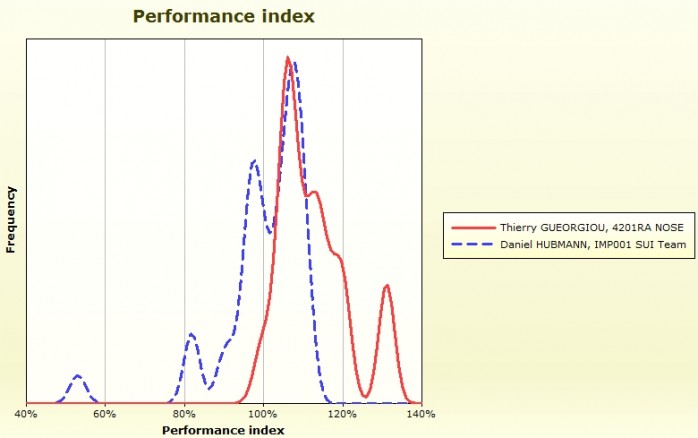See all forked controls for Jukola 2010, 2009, 2008, 2007 and 2006 – and Venla 2010 and 2009 – in one page – and try to understand what will meet you on the Jukola relay on Saturday. If you were searching for an easy answer, I got to disappoint you.
It is good preparation for Jukola to take a look at the forking schemes for the last editions of the relay
The answer on the above question: It is totally unpredictable. Forking varies a lot from year to year in the Jukola relay. The year of 2008 was a year with a lot of forking – most controls on the first leg where forked in 2008. In 2009 there was a lot less forking – and 2010 was also far from the standard set in 2008. It may seem like the amount of forking in Jukola has been going down the last year. However, as stated above it is totally unpredictable, so you won’t know until you have the map in your hand on Saturday or early Sunday morning.
Good preparation for Jukola
On the other hand, it is good preparation for Jukola to take a look at the forking schemes for the last editions of the relay. As you can see, there are a lot of different types of forkings used. The main types of forkings can be categorized into three types:
- Type 1: One single forked control, for example
- Start – 1 – A – 3 versus
- Start – 1- B – 3
- … and up to four variants
- Type 2: A forked leg, for example
- Start – 1 – A1 – A2 – 4 versus
- Start – 1 – B1 – B2 – 4
- … and up to four variants
- Type 3: A group of two forked legs, for example
- Start – 1 – A1 – A2 – A3 – 4 versus
- Start – 1 – B1 – B2 – B3 – 4
- … and up to four variants
The ones defined as type 3 are the most complex ones, and especially if the legs are long and the variants are crossing each other these may lead to significant mistakes and confusion for the runners. The ones defined as type 1 are the ones giving the least spreading, but they may still be tricky. It looks like we have been getting more of type 1 and type 2 forkings and less of type 3 forkings the last years.
Enjoy the forkings of the last editions of Jukola below!
Jukola 2010 – Leg 1 & 2

Jukola 2010 – Leg 3
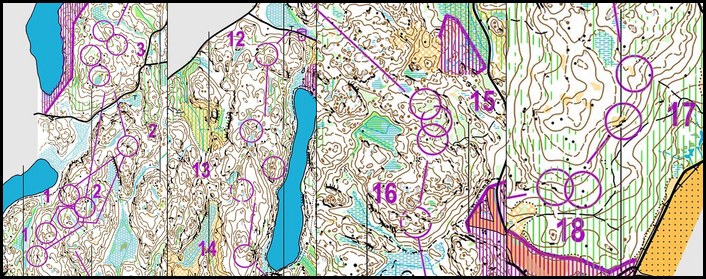
Jukola 2010 – Leg 4
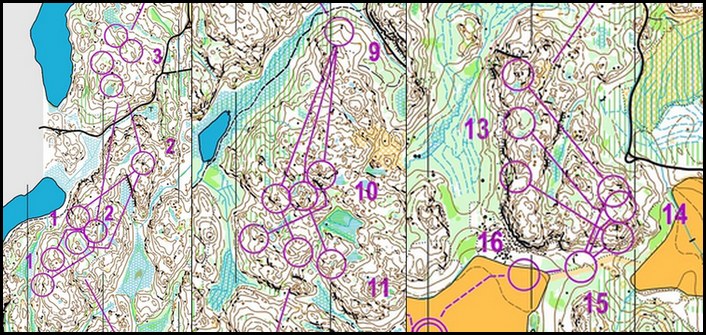
Jukola 2010 – Leg 5
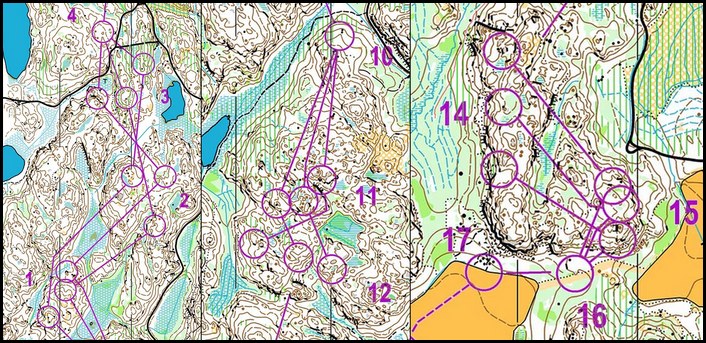
Jukola 2010 – Leg 6
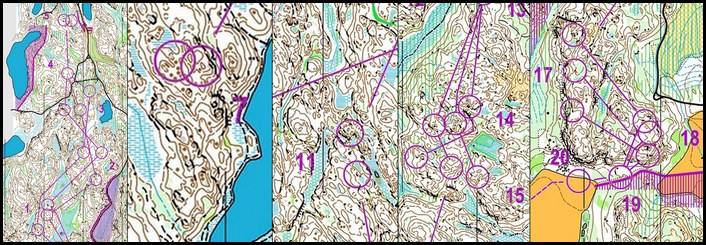
Jukola 2010 – Leg 7
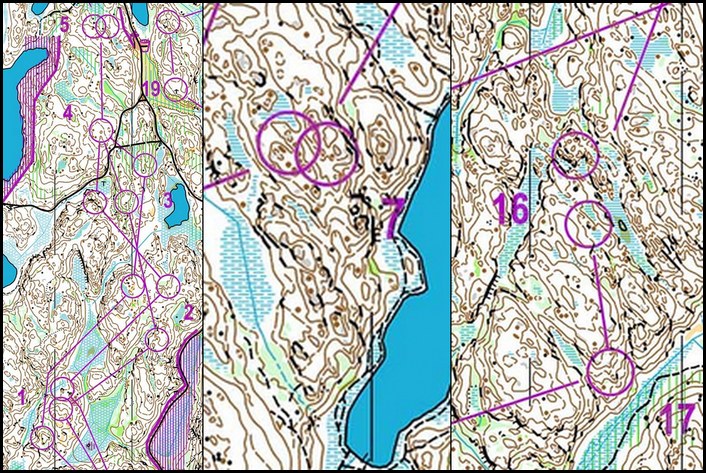
Jukola 2009 – Leg 1
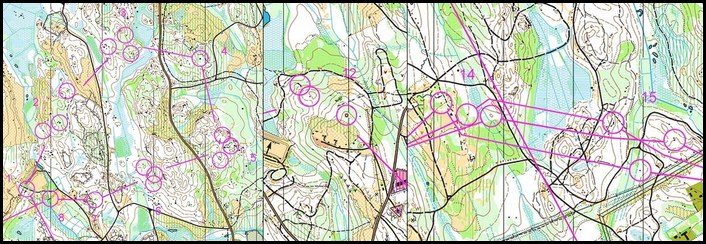
Jukola 2009 – Leg 2

Jukola 2009 – Leg 3

Jukola 2009 – Leg 4 & 5

Jukola 2009 – Leg 6

Jukola 2009 – Leg 7

Jukola 2008 – Leg 1

Jukola 2008 – Leg 2

Jukola 2008 – Leg 3

Jukola 2008 – Leg 4 & 5

Jukola 2008 – Leg 6

Jukola 2008 – Leg 7

Jukola 2007 – Leg 1 & 2

Jukola 2007 – Leg 3

Jukola 2007 – Leg 4 & 5

Jukola 2007 – Leg 6

Jukola 2007 – Leg 7

Jukola 2006 – Leg 1, 2 & 3
Note! Some forking controls missing here for the 2006 case.

Jukola 2006 – Leg 4 & 5
Note! Some forking controls missing here for the 2006 case.

Jukola 2006 – Leg 6 & 7
Note! Some forking controls missing here for the 2006 case.

Venla 2010 – Leg 1 & 2
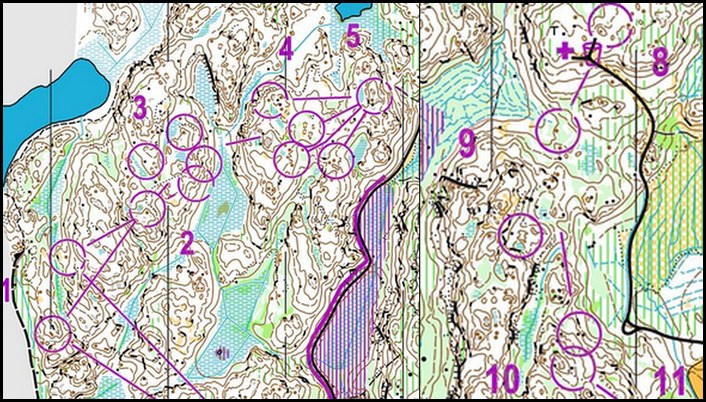
Venla 2010 – Leg 3
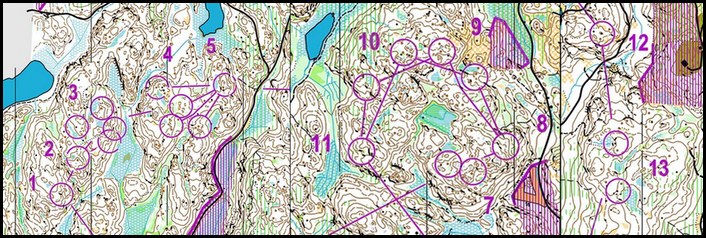
Venla 2010 – Leg 4
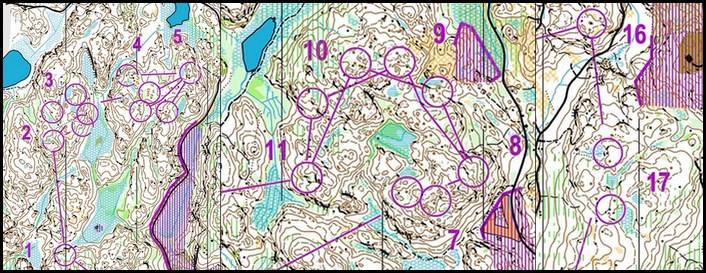
Venla 2009 – Leg 1 & 2
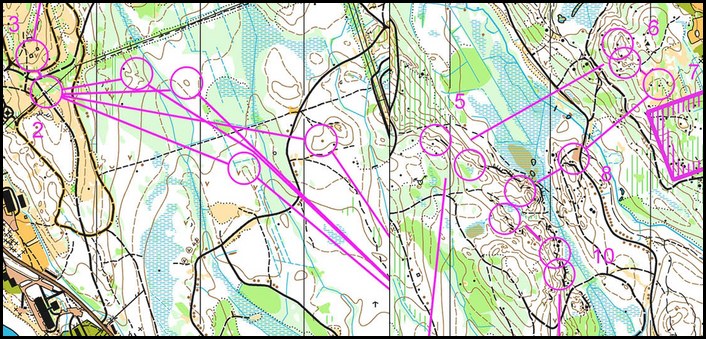
Venla 2009 – Leg 3
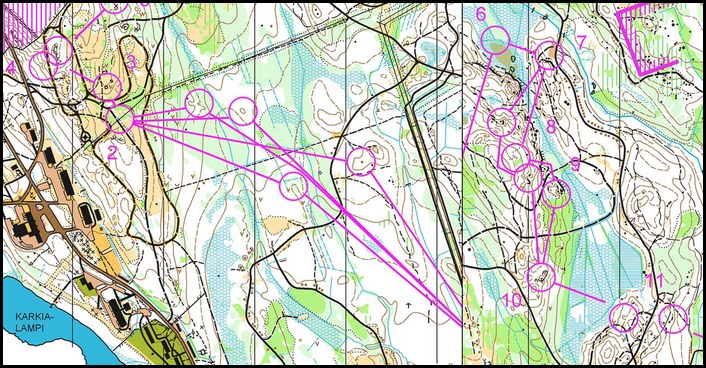
Venla 2009 – Leg 4
